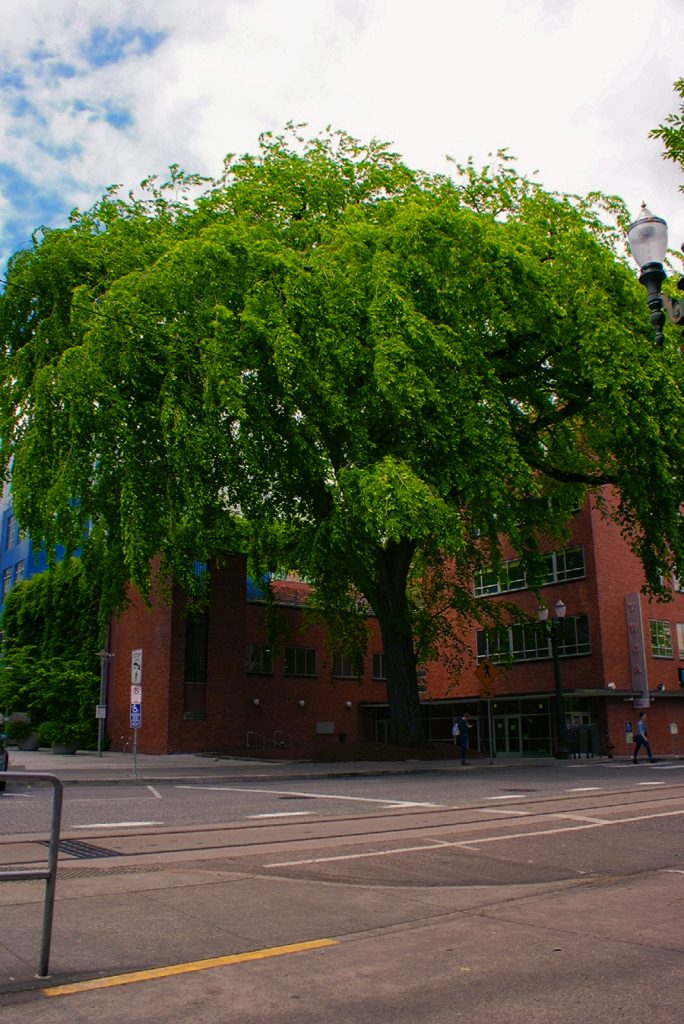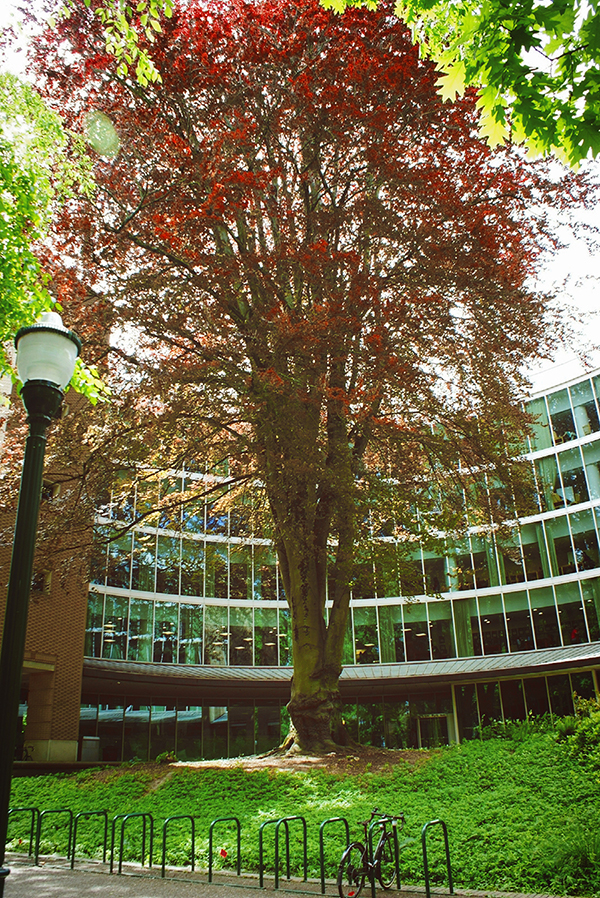
Portland is known for being one of the greenest cities in America as one of the first places to ban plastic bags while using 20% more renewable energy than the national average. Portland is also ranked in the top 25 for air quality amongst the U.S, and one of the highest for a large metropolitan area. Portland has another unique attribute making the city more green than anything—the trees.
Portland Parks & Recreation Urban Forestry manages the community’s foliage, tending to some 210,000 street trees, 1.2 million park trees, and over 300 heritage trees.
Portland’s Heritage Tree Program recognizes the cities most beautiful trees based off historical significance, age, and size. To be a tree in this program grants protection by city code—the tree cannot be removed or even pruned without a permit from the Urban Forestry Commission.
Any tree can be nominated to become a Heritage Tree, but qualifies if the tree is significantly old, large, unique, historical or particularly interesting from a horticulture standpoint.
The Heritage Tree website offers an interactive online map of all the Heritage Trees with their basic information, such as species and date of induction. Heritage Tree #54, for example, is the European Copper Beech at the center of PSU’s Millar Library. The tree will be 129 years old this June. (The library, on the other hand, is 50 years old.)
Before the Heritage Tree ordinance was enacted in Portland on May 19th, 1993—just over 25 years ago, there were a limited number of historically marked trees. In 1973, the Oregon Historical Society proposed the ability to designate trees as historic entities in addition to buildings.
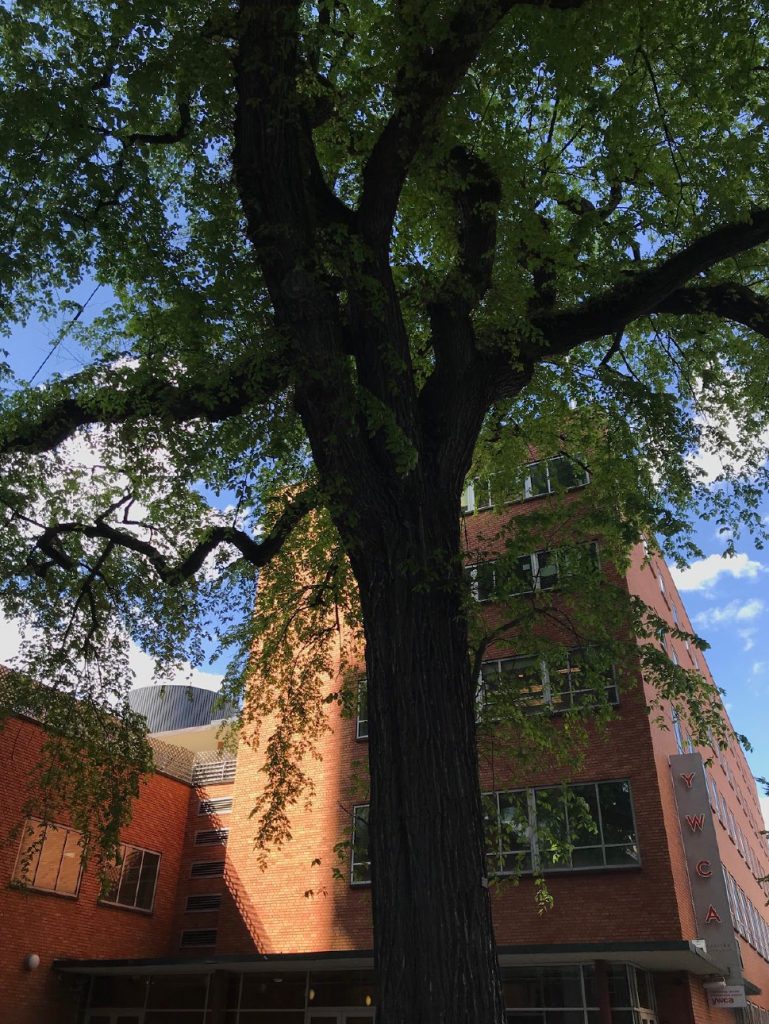
The first tree they designated as a historic landmark is a 150-year old American Elm that still stands today. The “Burrell Elm” was planted in 1870 by Rosetta Burrell in her private garden in the midst of what used to be a family neighborhood and was featured in Westshore Magazine.
Over time, Rosetta Burrell and her Elm have come to mean more than just a beautiful garden. Burrell herself was a social activist, a member of the First Unitarian Church and on the League of Women Voters, and also served on the Portland Women’s Union. She donated $10,000 to the Martha Washington Hotel, a boarding house for single mothers.
Today, the Burrell Elm is the last standing member of the Burrell Estate and garden. It lives downtown, looming over the YMCA, across the street from the Portland Art Museum. Since it was planted in 1870, the tree has witnessed and withstood the robust transformation of downtown Portland. The Burrell Elm is one aging resident protected by the City of Portland, its roots firmly planted in a city ever developing.
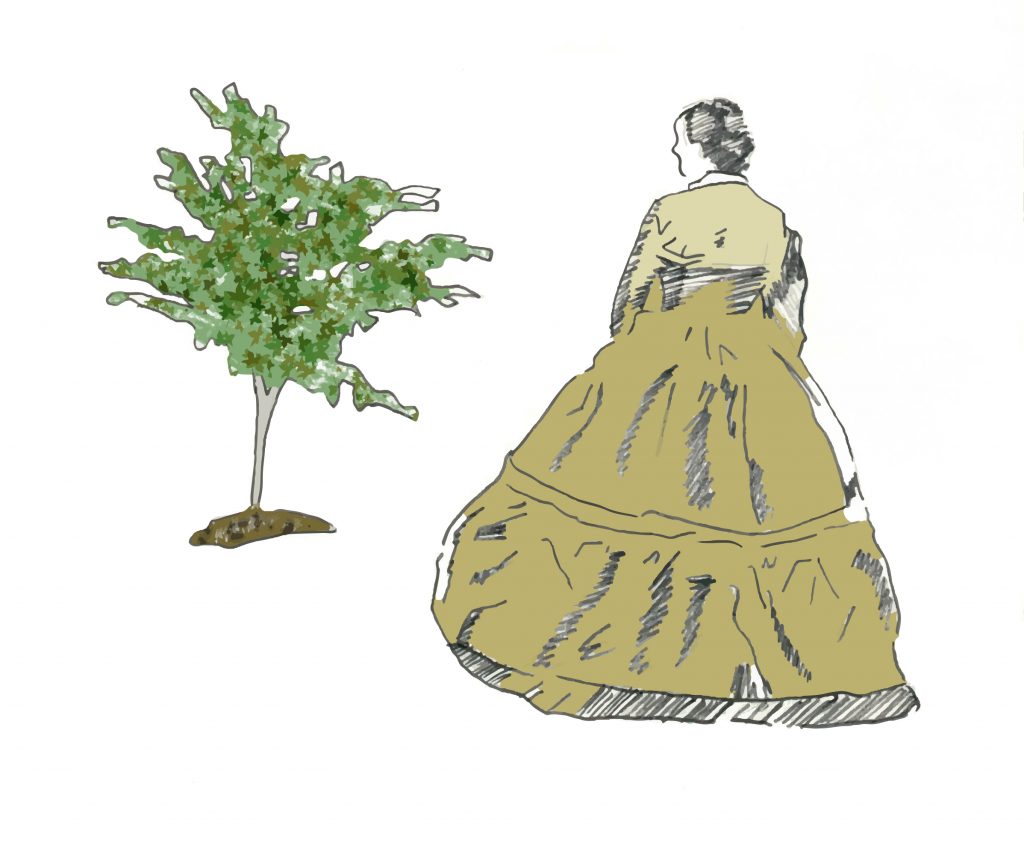
fresh Elm, not knowing that students 150 years
in the future would be writing about her, and
her new addition to the garden. illustration by
Jon Bordas
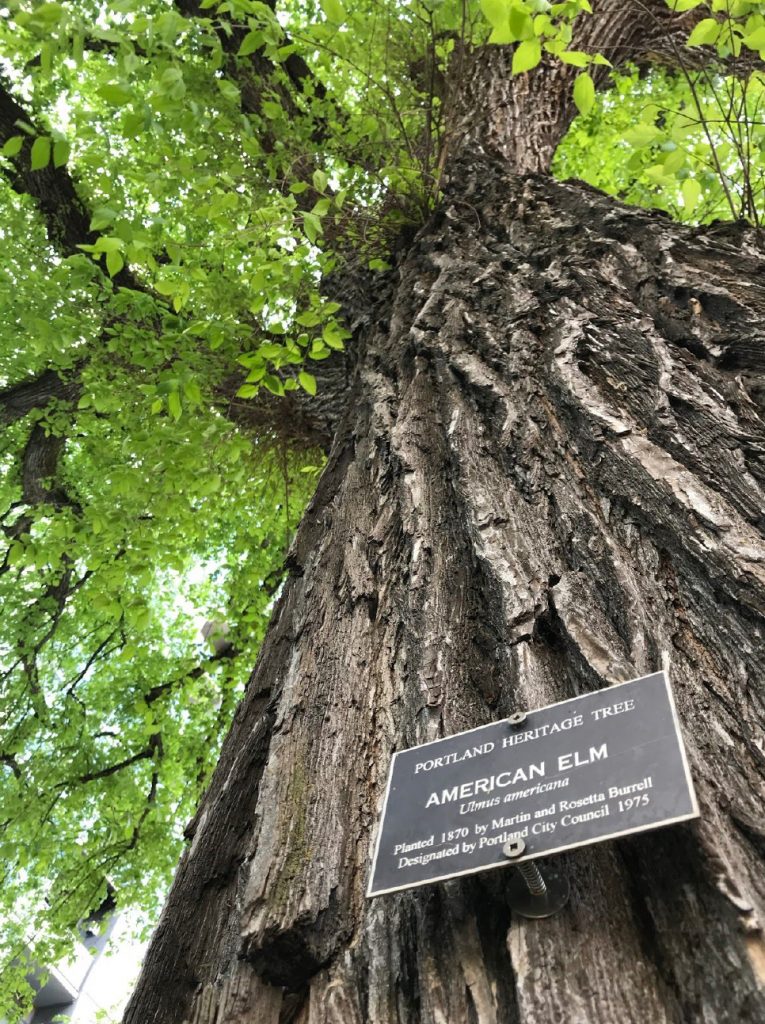
and marking the Burrell Elm. photo by Zoë
Sandvigen.
